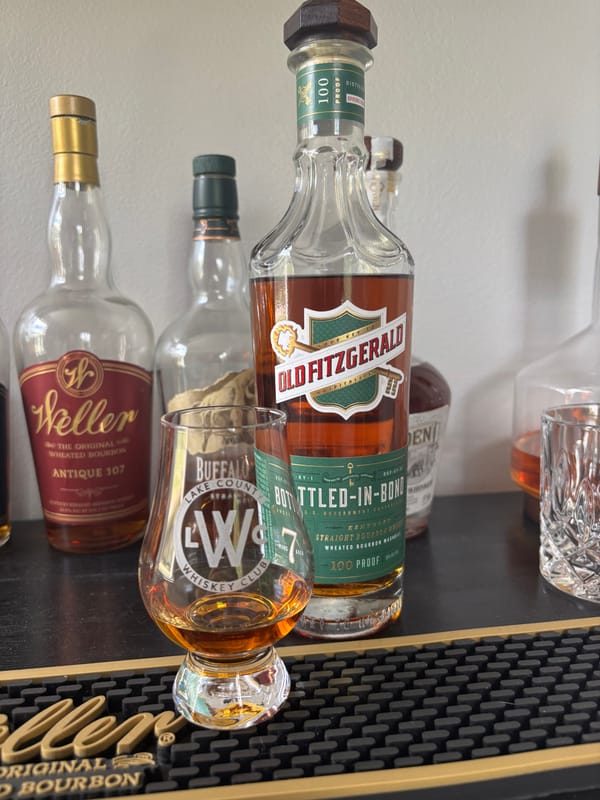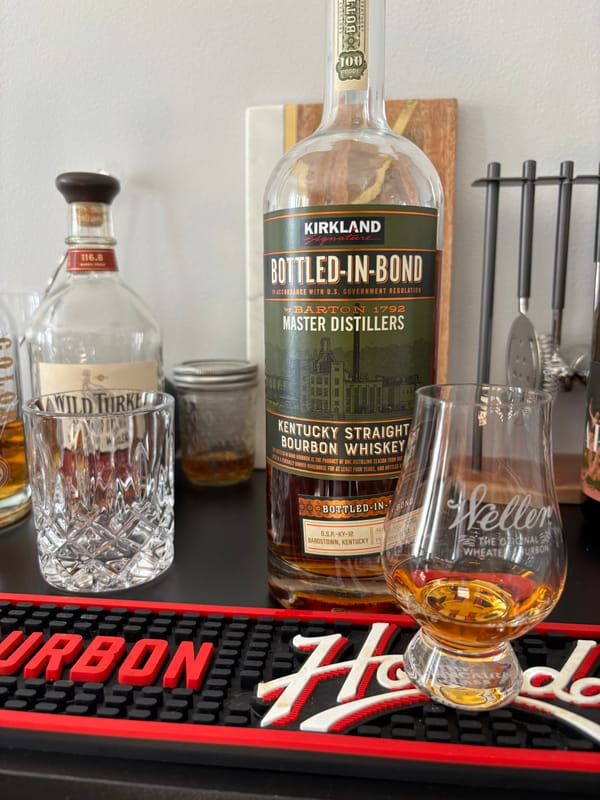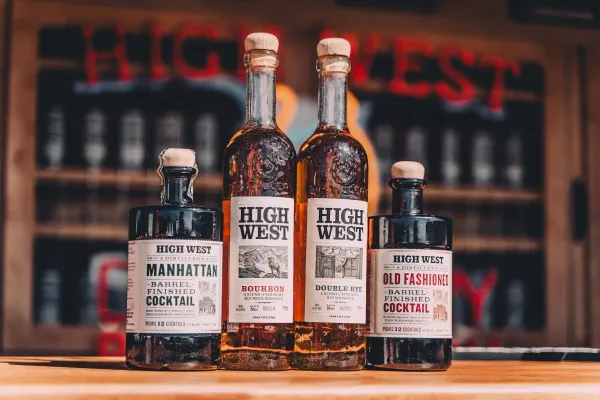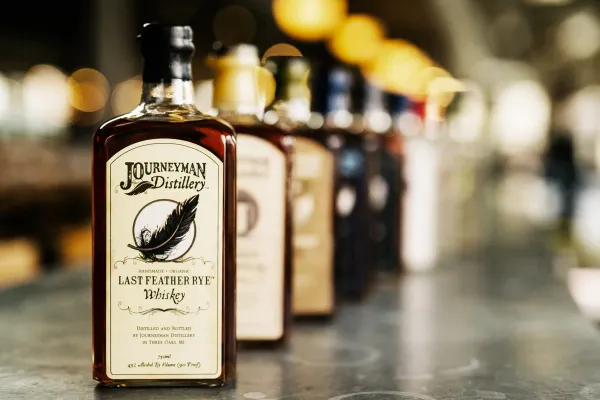Whiskey Barrel Seasoning Secrets: The Wood Prep You’ll Wish You’d Seasoned Sooner

Barrel Seasoning: The Whiskey Foundation You Can’t Skip
Barrel seasoning isn’t just a step—it’s whiskey’s flavor bedrock, and if you don’t know how it preps the oak, you’re missing the groundwork that shapes every sip. It’s pure process, no fluff. Here’s the ironclad truth about whiskey barrel seasoning, rooted in craft and law, and why it’s your 2025 must-know.
What Is Whiskey Barrel Seasoning?
U.S. law mandates new charred oak barrels for bourbon, rye, and wheat whiskey—51% grain minimum, distilled to 160 proof max, barreled at 125 proof max, bottled at 80 proof minimum. Seasoning—air-drying oak staves before assembly—removes harsh tannins and green wood notes. Every barrel’s prep sets its flavor stage, with no exceptions.
How Barrel Seasoning Works
American white oak (Quercus alba) is cut into staves and dried outdoors—six months to two years—reducing moisture from 50% to 10-15%. Rain and sun leach bitter tannins, softening the wood’s bite. Staves then form 53-gallon barrels, charred inside—seasoning ensures oak’s vanilla and spice shine during aging (two-plus years), not raw sappiness.
What Barrel Seasoning Means for Your Sip
Well-seasoned barrels smooth whiskey—bourbon’s corn sweetness or rye’s spice pairs with clean vanilla and caramel from oak after years. Unseasoned wood risks bitterness—every sip’s clarity owes this step, law locks the oak, and seasoning refines it.
Why Barrel Seasoning Matters in 2025
Barrel seasoning’s whiskey’s flavor prep—by 2025, grasping it could reveal every pour’s polish, from sharp to silky. It’s the truth in the woods—don’t miss its cure. Want to taste seasoned oak’s gift?
Check out NEAT: Whiskey Finder—it’ll help you track down bourbon and whiskey near you.





